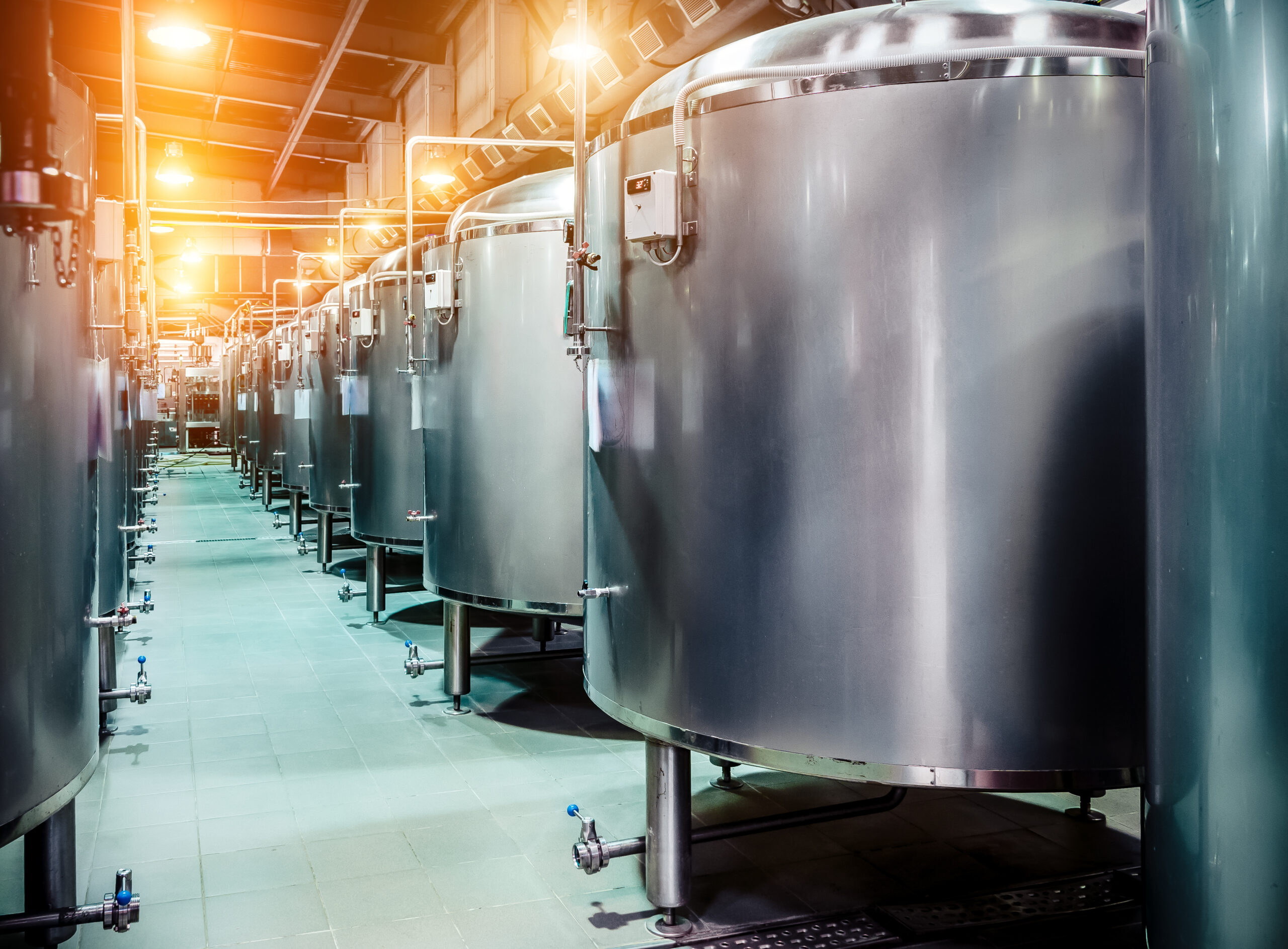
Quantifying Automatic Control Improvements
Challenge
Process control improvement projects often aim to:
- Reduce variability
- Lessen invasive corrections by operators
- Positively impact production rate and energy usage
Process data complexity and varied operational modes create a challenge in quantifying the related automatic control improvements. The data wrangling efforts required to properly validate process control improvement benefits are often very time-intensive for process control engineers.
Solution
Seeq simplifies the tracking of benefits over time and across accurately defined time periods with event identification and quantification tools, such as Value Search and Signal from Condition.
These tools produce visuals with key metrics before and after control strategy implementations enabling valid operational comparisons. Seeq Chain and Capsule Views succinctly compare before/after control performance to clarify improvements.
Results
The quantification of automatic control improvements takes significantly less time and produces more accurate evaluations. Benefits include:
- Rapid, accurate visualizations
- Increased collaboration, sharing, and knowledge capture across Seeq users (such as process engineers and manufacturing personnel)
Reporting & Collaboration
Following implementation of the automatic control changes, Seeq’s contextualization and calculation tools were used to quantify a large reduction in the time to reach full (target) production rates.
Quantitative results (Chain View) show time to full rate is less variable from run to run and has decreased from 150-200 minutes to 100 minutes, on average.
Seeq Organizer shares the results across the larger manufacturing team. Seeq Workbench allows for further analysis as requested by management, such as calculating the production and run time related financial benefits.